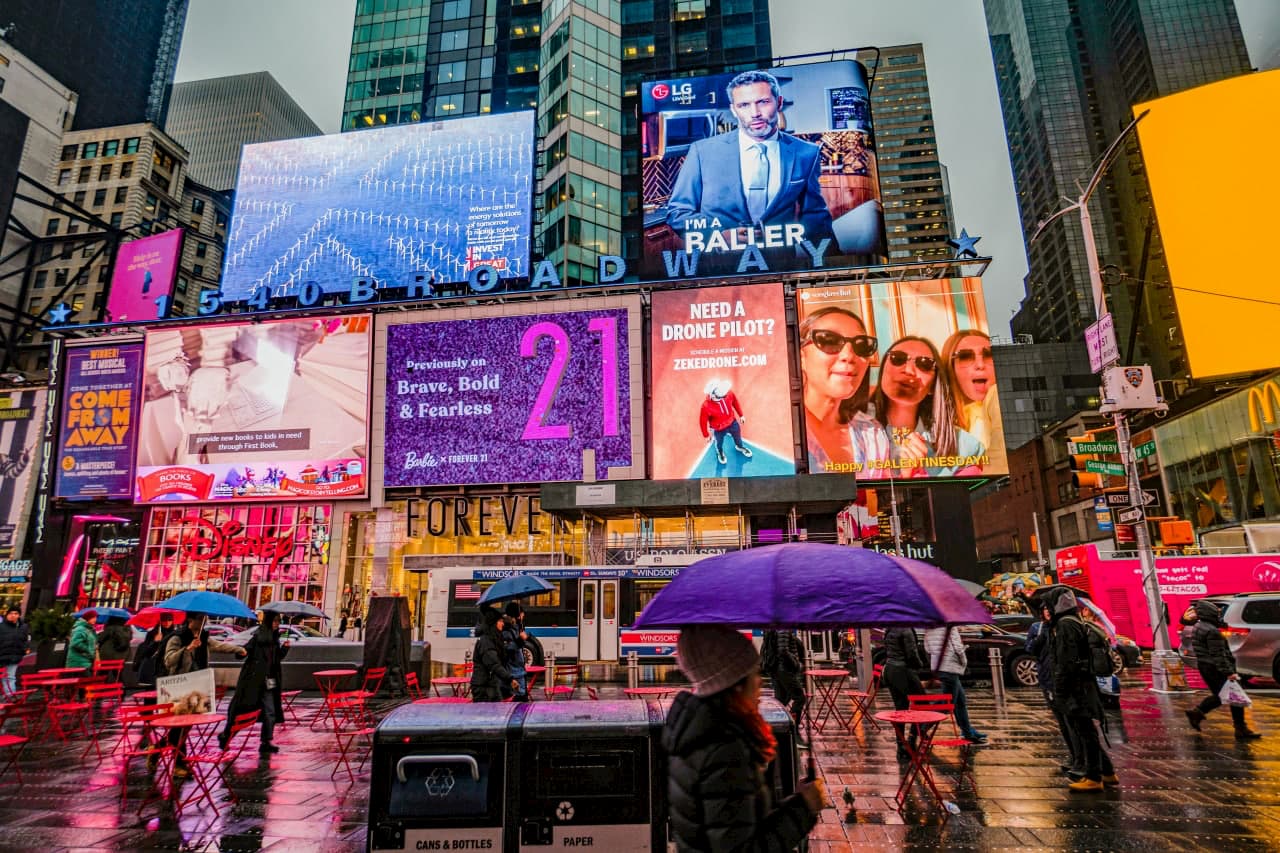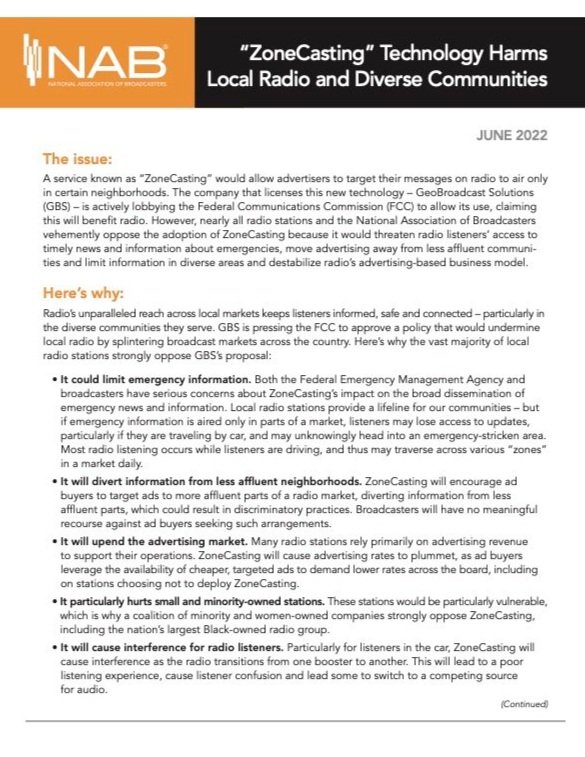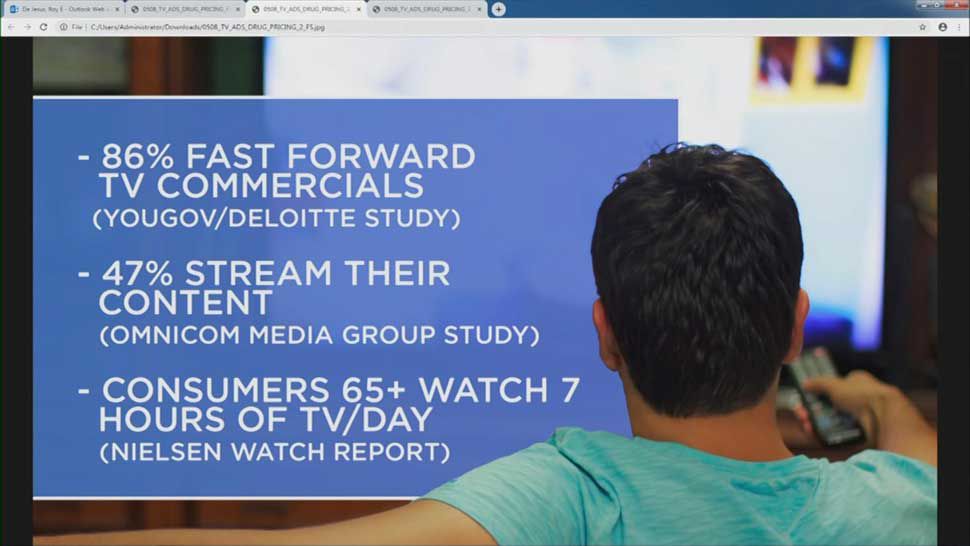
Cost per thousand impressions is a metric that marketers use to measure the success of their advertising campaign. It is calculated simply by adding the total ad cost to the estimated view count and subtracting it from the total ad price. CPM is a good measure of how efficient a media campaign is, but it isn't the only metric to consider.
Ad spend and ad effectiveness are important aspects to consider when evaluating the effectiveness of an advertising campaign. Ad spend is crucially important. However, conversion rate can also affect ad results. A cost per click ad is a good option if your goal is to attract customers. This type of ad costs less than CPM. This type of ad model, however, is less predictable than CPM, so it is not always a good option.
The click-through rate (CTR), is a measure of how successful your ads are. CTR is usually two clicks for every 100 impressions. Depending on the medium, you may be able to increase the CTR by using ad formats and placing your ad in different locations. Rich media advertisements are another option to increase your ad viewability.

Other measures that may be used to evaluate ad performance include the average click-through rate and the number of unique visitors. Using these statistics can help you set expectations for your ad. You can monitor the performance of your ads over time.
CPC, which is different from CPM, is a more challenging metric. CPC is difficult to predict revenue and it is less likely that CPC will generate high quality impressions. In addition, CPC revenue can take visitors away from your site. A well-designed ad program can minimize the risk of moving to CPC.
CPC is an alternative to CPM and can be a very effective ad format for online publishers. They are able to collect more data and optimize ads sales. CPC has a greater risk than CPM. CPC is often viewed as better than CPM by advertisers because it offers a higher return on investment. However, this is not always true.
Higher CPMs do not necessarily indicate better earnings. However, they are an indicator that your ad has been generating good traffic. Advertising campaigns that cost less per thousand can reach more people. Nonetheless, CPM does not have as much value for advertisers when it comes to brand awareness. CPM does not predict whether a product such as a degreaser will be sold.

CPM rates can vary from one market to the next. A magazine with large readers will pay less per thousand dollars than a publication with a smaller readership. You may also pay less if your target audience is niche. A cost-benefit analysis is a must when evaluating your advertising strategy.
FAQ
What information do you need about internet advertising
Internet advertising is an important part of any business strategy today. It helps companies reach potential customers at a low cost. There are many forms of internet marketing. Some are completely free while others require payment.
You can also advertise online using banner ads, pop up ads, search engine optimization, pay-per-click advertisements (PPC), social media marketing (e-mail marketing), and mobile marketing. Each method has its pros and cons.
What is the best way to learn about television advertising?
Television advertising is a powerful medium to reach many people at one time. It was also expensive. It is powerful, however, if it is used well.
Although there are many types, TV ads share certain common characteristics. When planning any TV ad, the first thing you should do is ensure that it fits within its category. It is not a good idea to try and run a lifestyle TV commercial while running a product or service commercial. Your message should stay consistent throughout the campaign.
A second important thing to keep in mind is that prime-time hours is the best time to air ads. This is because TV viewers often relax while in front of the screen. You want them to be comfortable enough to listen to your words.
Finally, just because you've a lot of money doesn't mean you'll get great results. In fact, the opposite may be true. The University of California conducted a study that found commercials shown on popular programs were less likely than those on non-popular programs to sell products. If you spend a lot of money advertising on TV, make sure it's done right.
Why not advertise your business on social media?
Social Media Marketing (SMM), allows you reach customers wherever they are on social media networks like Facebook, Twitter and LinkedIn. You can also target specific segments within these networks with keywords.
Because it is cheaper to market online than traditional advertising methods, this advertising method is more cost-effective. You can also build strong relationships and trust with your clients, both current and prospective.
It's simple to begin using social media to promote a business. All you need is a computer or smartphone and access to the Internet.
Is there a way for me to get free traffic?
Refers to traffic that comes from organic search results, without the need for advertising. This type of traffic is known as organic traffic or natural traffic. There are many options to get free traffic like article marketing and social media marketing.
Article Marketing is an excellent way to generate free traffic. The CPC is usually very cheap compared to paid ads. Article marketing is also called content marketing.
Social Media Marketing - Social media sites like Facebook, Twitter, and LinkedIn allow you to promote your business through advertising. These sites allow you to update, share photos, and develop relationships with people who could become customers. Many businesses choose to buy ad space in social media because they want a wider reach at a reduced price.
Blogging-Blogging is another great way of generating free traffic. If you create quality content that people love to read, visitors will find you. Once your blog is attracting visitors, it's possible to make money from it by selling products and/or services.
Email Marketing: Email marketing is a proven method to increase traffic to your website. You can grow your list and eventually sell to subscribers by sending them emails frequently.
What is advertising?
Advertising is an art. It's not just about selling products. It's all about creating emotional connections between people with brands.
Advertising is about sharing stories and using images for ideas.
It is important to communicate clearly and persuasively. It is important to share a story that appeals to your target audience.
Advertising is therefore different from other forms such as presentations, writing, and public speaking.
Because when you create a successful ad campaign, you are creating a brand identity for yourself.
And this is how you become memorable. You become someone who people want to remember.
What does it mean to be an advertiser buyer?
Advertisers buy advertising space on television, radio, and print media.
Advertisers are charged for the time their message will appear.
They are not necessarily looking for the best ad but rather what is most effective at reaching their target market.
The advertiser may have specific demographic information about their potential customers, such as age, gender, income level, marital status, occupation, hobbies, interests, etc.
These data can be used to help advertisers decide the most effective medium. An example is direct mail that appeals to older people.
Advertisers also take into account the competition. If there are similar businesses nearby, they might choose to place their ads near those competitors.
Advertisers should also consider how much money they have available and how long it takes to use it.
What do you need information about print advertising
Print advertising is a great medium to communicate with customers. It is used by many companies for promoting products and services. The main goal is to catch the attention and buy from the consumer.
Print ads are usually short (one page) and contain text, pictures, logos, and other graphics. Print ads can also contain sound, animation, videos, and hyperlinks.
The main types of print advertisements are classified as follows:
1. Brochures – These are large format printed pieces that are intended to draw people into stores. Brochures often feature eye-catching designs and colorful photos.
2. Catalogues: These are smaller versions or brochures. These are typically sent to customers who ask for specific information.
3. Flyers are small pieces or paper distributed at events such concerts and fairs. These flyers are usually free, but they must be purchased if given to retail outlets.
4. Posters - These are larger versions of flyers. They are displayed on walls, fences, and buildings. They are usually created using computer software programs designed to catch passersby's attention.
5. Direct mail – These are direct mail letters and postcards sent to potential customers. Companies send these out periodically to remind existing customers about their business.
6. Newspaper Ads are placed in newspapers and magazines. These are typically quite long and often contain text as well images.
Statistics
- Advertising spending as a share of GDP was about 2.9 percent. (en.wikipedia.org)
- Nonetheless, advertising spending as a share of GDP was slightly lower – about 2.4 percent. (en.wikipedia.org)
- It's 100% reliant on your website traffic. (quicksprout.com)
- Advertising's projected distribution for 2017 was 40.4% on TV, 33.3% on digital, 9% on newspapers, 6.9% on magazines, 5.8% outdoor, and 4.3% on radio. (en.wikipedia.org)
External Links
How To
How to create sponsored ads on Facebook
Facebook has quickly become one the most widely used social networking platforms. Globally, there are 1.79 Billion active monthly users. The number keeps growing every day.
Facebook is completely free. However, you will need to pay to reach your target audience. Paid advertising options include promoted posts and banners.
Login to an app you already have registered. You can also click on "Create New App". then follow these steps:
-
Click "Add Platform", under the Apps section.
-
Select "Advertising", then click on Continue.
-
Fill out the form and submit it.
-
After approval, you'll receive a Client ID (and Secret key). Copy them.
-
Paste the keys in the appropriate fields.
-
Enter the name of your campaign, and then select the currency.
-
Click on "Start Campaign"
-
Follow these steps until you see the first banner. Next, copy the URL to return to your Facebook Page.
-
Paste the code in the box provided via Facebook
-
Click "Save Changes."
-
Your ad must now be live
-
Repeat steps 10 through 12 for each additional banner you want to create.
-
Once the task is complete, click "Continue".
-
Finish the last step to create your ad-group.
-
Once your campaign is complete, click the "View All Ads” link to view all of it.
-
To remove any ads, simply click "Remove Ads" next to the individual ad.
-
If you're not seeing any results after running your campaign, check to ensure you followed the directions correctly.
-
Be sure to verify the date range of your campaigns.
-
Make sure you set your budget appropriately.
-
Save your changes.
-
Before you submit, make sure to check the settings.
-
You can wait for your ads on your timeline to appear.
-
Congratulation on a job well accomplished!
-
Let's take a look at some ways to improve your results.